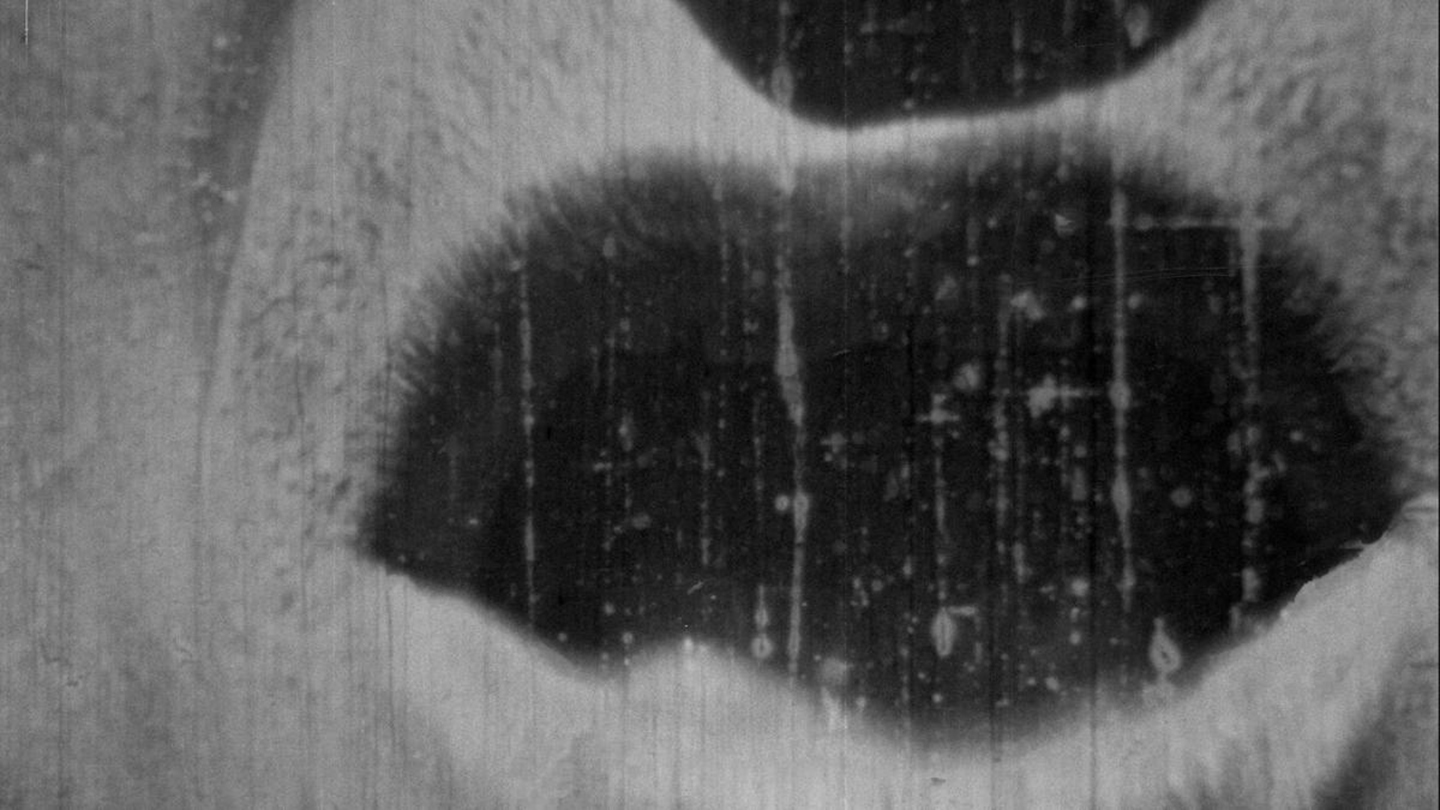The Formation of the Scientific Mind: A Contribution to a Psychoanalysis of Objective Knowledge, trans. Mary McAllester Jones (1938; Clinamen Press, 2002), 172. Italics in original.
Bachelard, Formation, 175.
“The Metabolism of Philosophy, In Three Parts,” in Dialectic and Paradox: Configurations of the Third in Modernity, ed. Berhard Malkmus and Ian Cooper (Peter Lang, 2013), 198. Italics in original.
Landecker, “Metabolism, Reproduction, and the Aftermath of Categories,” in The Scholar and Feminist Online 11, no. 3 (Summer 2013) →.
Symbiotic Planet: A New Look at Evolution (Perseus Books, 1998).
“Metabolism, Autonomy, and Individuality,” in Biological Individuality: Integrating Scientific, Philosophical, and Historical Perspectives, ed. Scott Lidgard and Lynn Nyhart (University of Chicago Press, 2017), 232.
Fritz Schimmer, “On the Question of a National Film Archive” (1926), in The Promise of Cinema: German Film Theory 1907–1933, ed. Nicholas Baer, Anton Kaes, and Michael Cowan (University of California Press, 2016), 102.
Esfir Shub, “Selected Writings,” trans. Anastasia Kostina, Feminist Media Histories 2, no. 3 (Summer 2016): 11.
Adrian Ivakhiv, “The Art of Morphogenesis: Cinema in and beyond the Capitalocene,” in Post-Cinema: Theorizing 21st-Century Film, ed. Shane Denson and Julia Leyda (REFRAME Books, 2016).
L. U. Marks, The Skin of Film: Intercultural Cinema, Embodiment, and the Senses (Duke University Press, 2000.)
Terry Ramsaye, A Million and One Nights: A History of the Motion Picture Through 1925 (Simon and Schuster, 1926), xxxviii.
Anonymous, “New Terrain for Cinematographic Theaters,” in The Promise of Cinema, 22.
Michael Brooke, “The Big Swallow (1901),” BFI Screen Online →.
See also Mary Ann Doane, Bigger Than Life: The Close-Up and Scale in the Cinema (Duke University Press, 2021); and Thomas Elsaesser and Malte Hagener, Film Theory: An Introduction Through the Senses (Routledge, 2010).
See also Steven Shaviro, “Post-Cinematic Affect,” in Post-Cinema.
The Wachowskis shot The Matrix on film because video had not yet achieved cinema-quality images in 1999, but the postproduction treatment and the visual formalization of their ideas already envisioned cinema’s digital overhaul.
Seth Shipman et al., “CRISPR-Cas Encoding of a Digital Movie into the Genomes of a Population of Living Bacteria,” Nature, no. 547 (2017).
Quoted in “CRISPR-Cas: Molecular Recording,” YouTube video, July 12, 2017 →.
Shipman et al., “CRISPR-Cas Encoding,” 345.
Ed Yong, “Scientists Can Use CRISPR to Store Images and Movies in Bacteria,” The Atlantic, July 12, 2017 →.
“Plenty of Room at the Bottom,” lecture presented to the American Physical Society, Pasadena, California, December 1959.
Angela Chen, “A New Place to Share GIFs: The DNA of Living Bacteria,” The Verge, July 12, 2017 →.
Mussaad M. Al-Razouki, “The Future of Data Storage Is in You,” Medium, 2017 →.
Thomas McMullan, “Scientists Have Used CRISPR To Store a GIF Inside the DNA of A Living Cell,” Alphr, July 13, 2017 →.
Film History as Media Archaeology: Tracking Digital Cinema (Amsterdam University Press, 2016), 266. See also Jussi Parikka’s concept of “invisuality,” which charts the shift of operational images from “optics of vision” to “logistics of data”: Operational Images: From the Visual to the Invisual (University of Minnesota Press, forthcoming 2023). An excerpt from the book appears in this issue.
The Animatic Apparatus: Animation, Vitality, and the Futures of the Image (Zero Books, 2018), 2, 3.
Landecker, “Post-Industrial Metabolism: Fat Knowledge,” Public Culture 25, no. 3 (2013): 496.
The author would like to express deep gratitude to Sasha Litvintseva, Elvia Wilk, and Jussi Parikka for their close reading and incisive feedback at different stages of writing this text.
